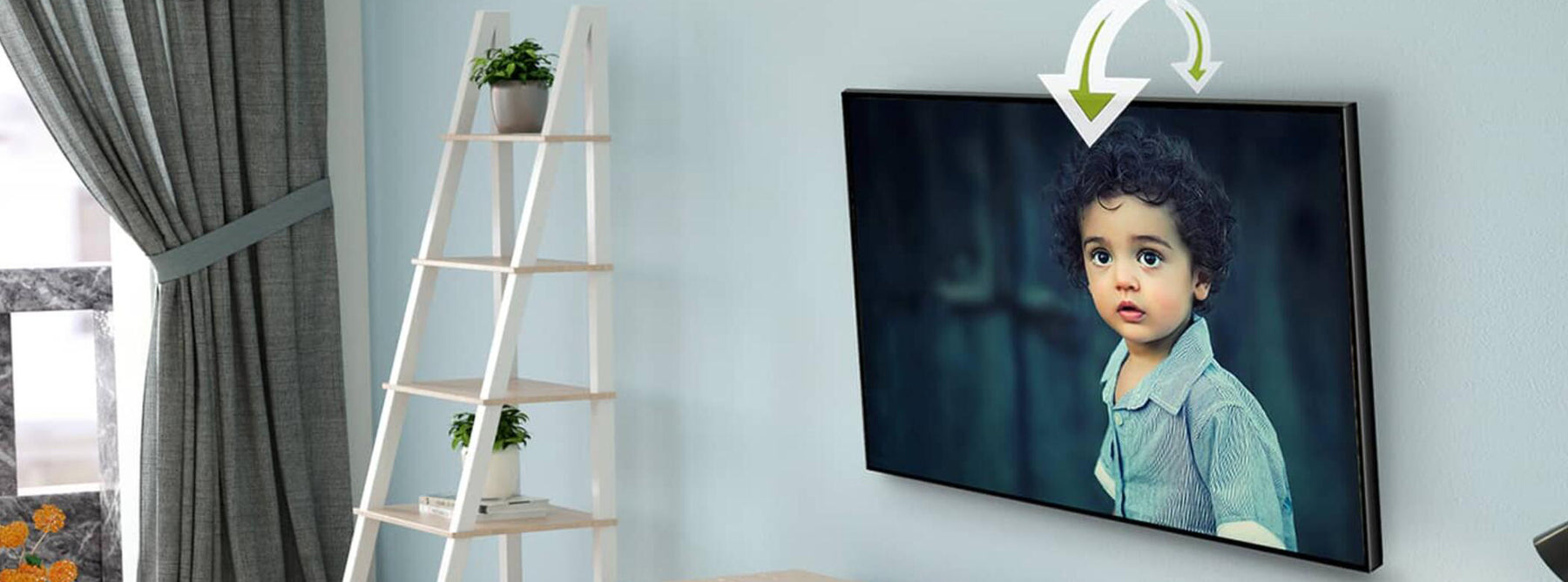
Overcoming Common Installation Challenges with Low Profile Tilt TV Mounts
Installing a low profile tilt TV mount can significantly enhance your viewing experience while providing your living space with an aesthetically pleasing setup. However, as with any installation process, there can be challenges along the way. In this article, we will explore the common installation challenges associated with low profile tilt TV mounts and provide practical solutions to overcome them. By addressing these issues, you can ensure a smooth and successful installation process, allowing you to enjoy the benefits of a wall-mounted television without any hindrances.
I. Ensuring Proper Weight Distribution
A. Understanding Weight Limitations
Before installing a low profile tilt TV mount, it is essential to understand the weight limitations specified by the manufacturer. Exceeding these limits can compromise the mount's stability, potentially damaging your television or causing injury. Carefully check the weight and size specifications of the TV mount to ensure it is suitable for your television.
B. Distributing the Weight with Multiple Studs
To achieve optimal stability, it is recommended to attach the TV mount to multiple wall studs rather than relying on a single point of contact. Using a stud finder, locate the studs behind the wall and position the mount accordingly. By spreading the weight across multiple studs, you can distribute the load evenly, reducing the risk of any mishaps.
C. Utilizing Additional Support Brackets
In cases where the TV mount's weight distribution is challenging due to wall stud limitations or a heavy television, additional support brackets can be used to reinforce the mount's stability. These brackets provide extra anchoring points and distribute the weight more effectively, ensuring a secure and safe installation.
II. Navigating Challenging Wall Surfaces
A. Drywall Anchoring Techniques
The type of wall surface can pose challenges during the installation process. For example, mounting a low profile tilt TV mount on drywall requires proper anchoring techniques to ensure stability. Instead of relying solely on screws, consider using toggle bolts or specialized drywall anchors for added support. These anchors distribute the weight across a larger area, reducing the risk of damage to the wall.
B. Concrete or Brick Walls
For concrete or brick walls, traditional screws may not be sufficient for secure installation. Use masonry screws or anchors designed specifically for these surfaces. Pre-drilling pilot holes can also facilitate easier installation and prevent wall damage.
C. Professional Installation Services
If you encounter difficulties or uncertainties in dealing with challenging wall surfaces, it is wise to seek professional installation services. Professional installers possess the necessary expertise and equipment to tackle various wall types and ensure a secure and efficient installation.
III. Managing Cable Organization
A. Concealing Cables Behind the Wall
A clean and organized appearance is essential when installing a low profile tilt TV mount. Concealing the cables behind the wall is a popular choice to achieve cable management. This process involves cutting a hole behind the television, running the cables through the wall cavity, and utilizing wall plates or cable management systems to cover the opening. It is crucial to plan the cable route and measure accurately to ensure a seamless execution.
B. Using Cable Covers or Wire Management Systems
If concealing cables behind the wall is not feasible or desirable, you can use cable covers or wire management systems to guide and hide the cables along the wall's surface. These covers come in various styles and colors, allowing you to match them with your wall decor while maintaining a neat and organized appearance.
C. Wireless Alternatives
Consider utilizing wireless connectivity options to reduce cable clutter associated with audio-video components. Wireless HDMI transmitters and receivers can transmit high-quality audio and video signals, eliminating the need for HDMI cables between devices and the TV itself. This approach significantly simplifies cable management while maintaining excellent performance.
Installing a low profile tilt TV mount can present challenges, but with the right approach and practical solutions, these obstacles can be overcome. By ensuring proper weight distribution, navigating challenging wall surfaces, and effectively managing cable organization, you can achieve a secure and aesthetically pleasing TV mounting experience. Remember to follow the manufacturer's instructions and, when needed, seek professional assistance to ensure a successful installation. Embrace the benefits of a wall-mounted television and elevate your viewing experience while enjoying a clutter-free and visually appealing entertainment space.
Popular TV mount collections at USXSTAR:
Explore more TV mounts at USXSTAR:
Full Motion TV Wall Mount 82 Inch
